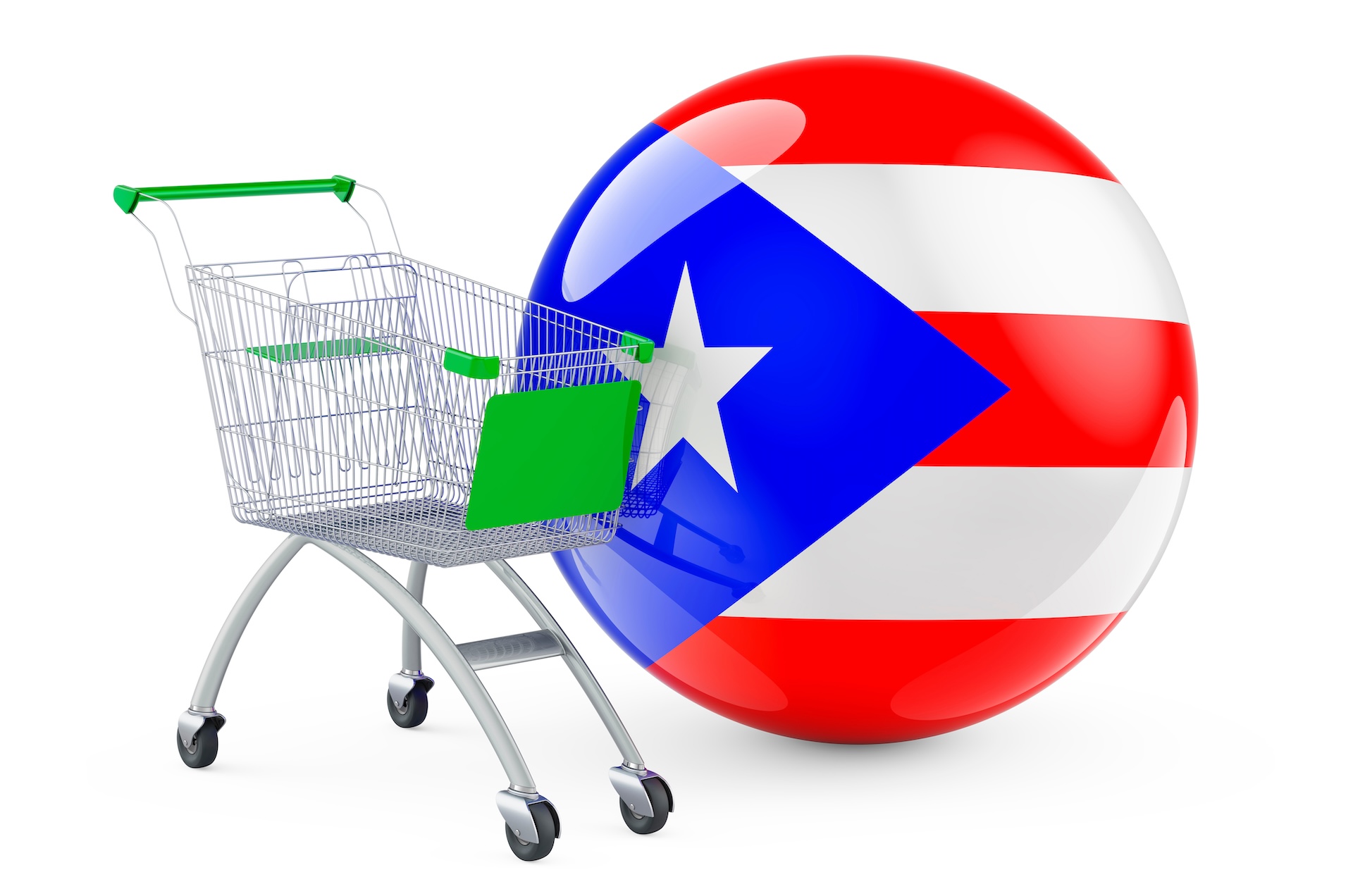ELA — Estado Libre Asociado de Puerto Rico — translates as “Free Associated State of Puerto Rico” or “Commonwealth of Puerto Rico.” These translations have caused plenty of confusion about Puerto Rico’s status, since it is not a Free Associated State and “commonwealth” has no legal meaning.
On July 25, 1952, Puerto Rico’s constitution, approved by the United States Government, became effective. That makes July 25th Constitution Day, or sometimes Commonwealth Day, a day of celebration.
Celebration of what?
Puerto Rico’s constitution is an important document. Adopting the constitution was an important step toward full participation in American democracy. Adopting a constitution has been an essential step toward statehood for each of the 32 U.S. territories which have become states.
The constitution did not change the relationship between Puerto Rico and the United States. As he signed the federal bill accepting Puerto Rico’s new constitution, President Truman clarified that “full authority and responsibility for local self-government will be vested in the people of Puerto Rico.” (emphasis added). Acting Deputy Attorney General Edward G. Dennis reinforced to the Senate Energy and Natural Resources Committee in 1989 that “Puerto Rico remains under United States sovereignty.”
It is not only President Truman and Dennis who has said this. Several other presidents, presidential Task Forces, the Supreme Court, other Justice Department officials, and Congress have also said this.
The constitution didn’t change Puerto Rico’s status.
Congress said this directly in 1950, when the constitution was being drafted.
It is important that the nature and general scope of [Public Law 81-600] be made absolutely clear. The bill under consideration would not change Puerto Rico’s fundamental political, social, and economic relations to the United States.
65 years of rejection of all attempts to “enhance” or “develop” commonwealth status has not yet stopped Puerto Rico’s “commonwealth” proponent from trying to do just that.
Jose Delgado, in a recent article in El Nuevo Dia, summed it up: “Since 1989, the PPD has claimed a partnership with the United States outside the territorial clause. Its big challenge, however, is still to convince Washington.”
Washington has said, in all three branches and under many different presidents, that Puerto Rico has only three status choices: statehood, independence, or remaining a territory. For 65 years, Puerto Rico has been trying to create a fourth option. PDP party president Héctor Ferrer insists that he will continue to try to create a fourth option, in spite of two plebiscites in which the majority voted for statehood.
And Washington actually has the say on this issue. Puerto Rico cannot make any changes to its own political status without the agreement of Congress. But Congress can, as Deputy Attorney General Nicole Saharsky told the Supreme Court last year, “unilaterally change aspects of its relationship with Puerto Rico.”
As Delgado points out, a Task Force report under President Bush said that “the power of Congress is so broad that it can give Puerto Rico away if it wants to.”
Commonwealth option in the plebiscites
Puerto Rico has had multiple plebiscites over the years since the constitution, and the “commonwealth” option has been included in several of those plebiscites. A recent report from the Congressional Research Service (CRS) states that those “commonwealth” options “arguably exceeded the relationship established in 1950, includ[ing] ‘irrevocable U.S. citizenship,’ ‘fiscal autonomy for Puerto Rico,’ and a legislative agenda to be considered by Congress.” These finding were consistent with a 2011 CRS report.
After the uncertain and confusing definitions of the term on the earlier ballots (and after universal rejection of the term by government officials), Puerto Rico officials left the term “Commonwealth” off the ballot in 1998, 2012 and 2018.
There remains no ambiguity from Washington: “Commonwealth,” with attempted rights outside of the US territory clause, is not an option for Puerto Rico.
65 more years as a territory
In 1952, Puerto Rico was an unincorporated territory of the United States. 65 years after the adoption of the constitution, it is still an unincorporated territory.
Is this something to celebrate?



Right on! Plus, Commonwealth or ELA-Free Associated State (used to fool and confuse) are terms NOT found in the US Constitution where Puerto Rico’s STATUS is that of a US Territory! Besides, our US Congress is not above the US Constitution to create a new Status– that mentions four forms of Government under the Sovereignty of the US– one for: States, Territories, District of Columbia, and Indian Tribes… But, the US Congress can, under the Territorial Clause, approve any name for the Territorial Government of Puerto Rico… which again is NOT a Constitutional Status…; has NO legal meaning!